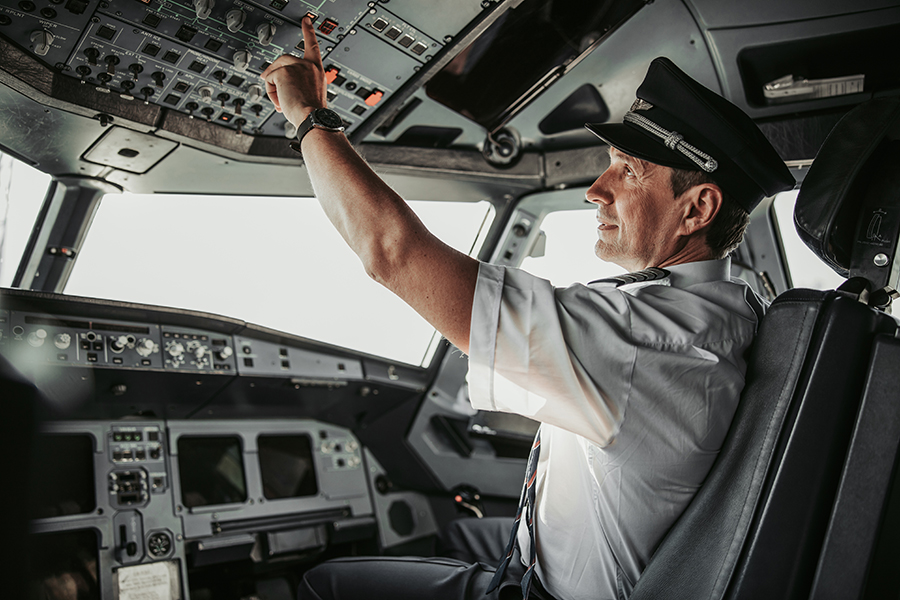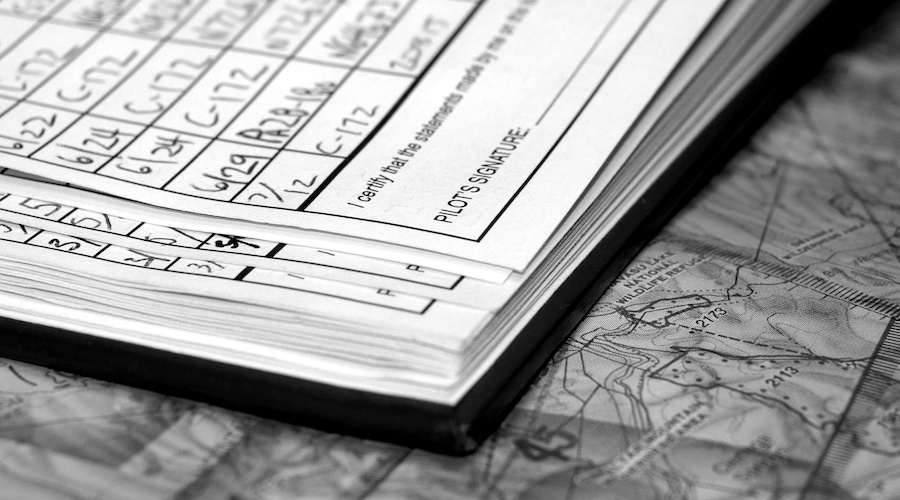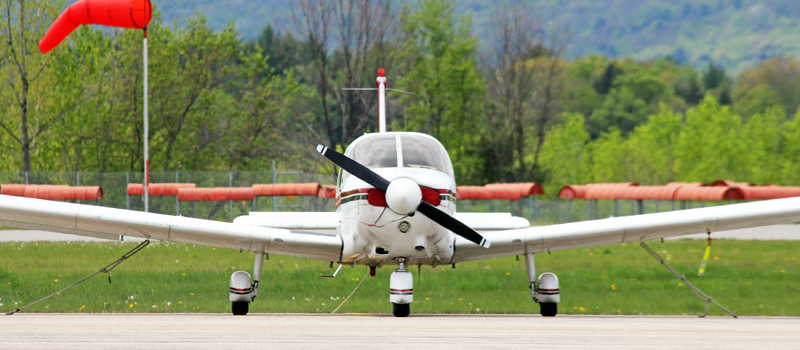When it comes to currency requirements, there are many flavors. The number of currency requirements you will need to keep track of will depend on the type of license and the number of ratings you have.
This article will provide an overview of the major currency requirements you will likely encounter during your aviation career.
Currency Explained
Currency refers to the amount and type of flying or training you need to do in order to exercise the privileges of your license. For example, while your Private Pilot Certificate allows you to carry non-paying passengers, you still need to meet additional takeoff and landing requirements to exercise this privilege.
All currency requirements are listed in 14 CFR 61.57; It is strongly advised that you read through this piece of legislation to develop a better understanding of the currency requirements that apply to you.
General Currency
The first and most applicable type of currency on this list is the currency requirement to carry passengers by day.
To carry passengers, you need to perform three takeoffs and landings within the preceding 90 days. These landings may be touch-and-go landings unless the aircraft has conventional landing gear (tailwheel). In the case of a tailwheel aircraft, the aircraft must come to a full stop when performing the landings.
This requirement applies to every class, type, and category of aircraft that you are able to fly. In other words, to carry passengers in a single-engine and multi-engine aircraft, you need to perform three takeoffs and landings in both a single-engine and multi-engine aircraft within the preceding 90 days.
Night Currency
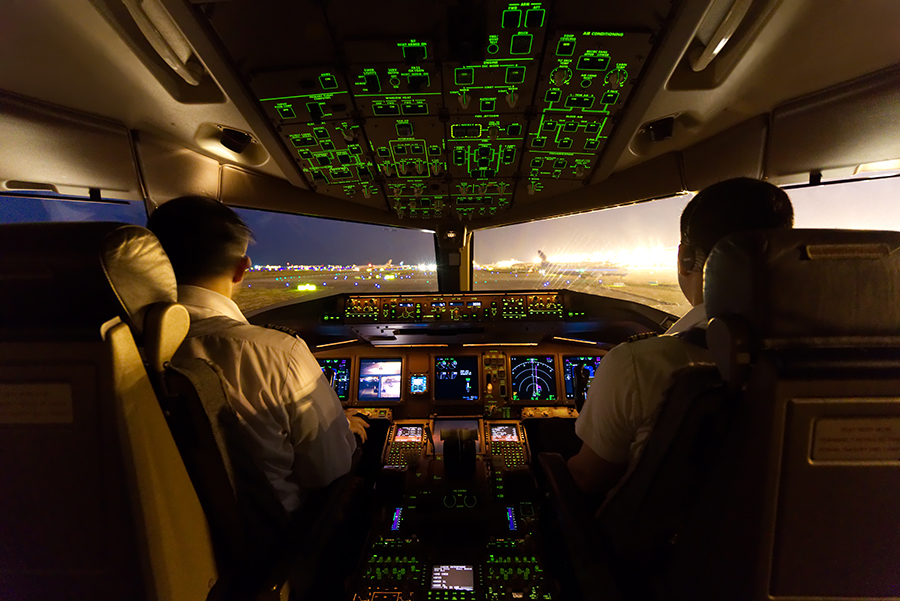
Additionally, to carry passengers at night, you need to perform three takeoffs and landings to a full stop within the preceding 90 days at night. Night, in this case, is defined as the time between one hour of sunset to one hour before sunrise.
As with day currency, these takeoffs and landings need to be performed for each class, type, and category of aircraft that you are able to fly.
Certified Flight Instructor Validity
The validity of your CFI certificate is 24 months, with no other general currency requirements.
14 CFR 61.197 details the renewal process of the CFI certificate.
Medical Requirements
14 CFR 61.23 contains the requirements to maintain your medical certificate. The duration of validity of every type of medical certificate is beyond the scope of this article, but there are some general rules.
The duration of validity of your medical certificate will depend on its class. There are three classes of medical certificates available:
- Class 1
- Class 2
- Class 3
The type of class you will require depends on the type of license you have. Class 1 is the most restrictive medical certificate and Class 3 is the least restrictive.
The period of validity of each medical certificate differs depending on whether you are over or under 40 years old. The maximum period of validity for any medical certificate is 60 months for those under 40 years of age and 24 months for those over 40 years of age.
Instrument Rating Currency
To operate under Instrument Flight Rules (IFR), you need to perform the following within the previous six months:
- Six instrument approaches
- Holding procedures
- Intercept and track courses using navigation systems
This can be performed under actual or simulated IFR conditions.
The Flight Review
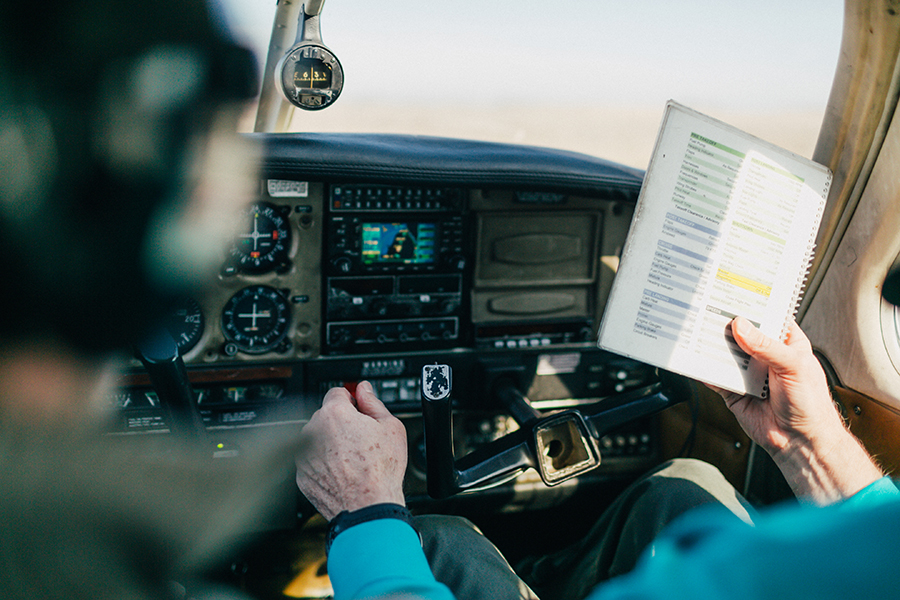
In general, anyone who holds a pilot certificate must complete a flight review every 24 months.
14 CFR 61.56 details the certificate renewal process. It is strongly advised that you read through this section, as multiple exceptions pertain to this requirement.
Temporary Certificates
Once you complete your practical test, you will initially be provided with a temporary certificate. It is only valid for 120 days, which should be sufficient time to receive your permanent certificate.
Part 141 Standardization
If you provide flight instruction at a Part 141 flight school, you will be required to complete a standardization flight every year. This requirement applies to every aircraft that you provide instruction in.
Conclusion
As a pilot, it is your responsibility to know the exact currency requirements of any certificates or ratings you possess. Failing to do so could lead to an inadvertent breach of the law and possibly losing your license!
